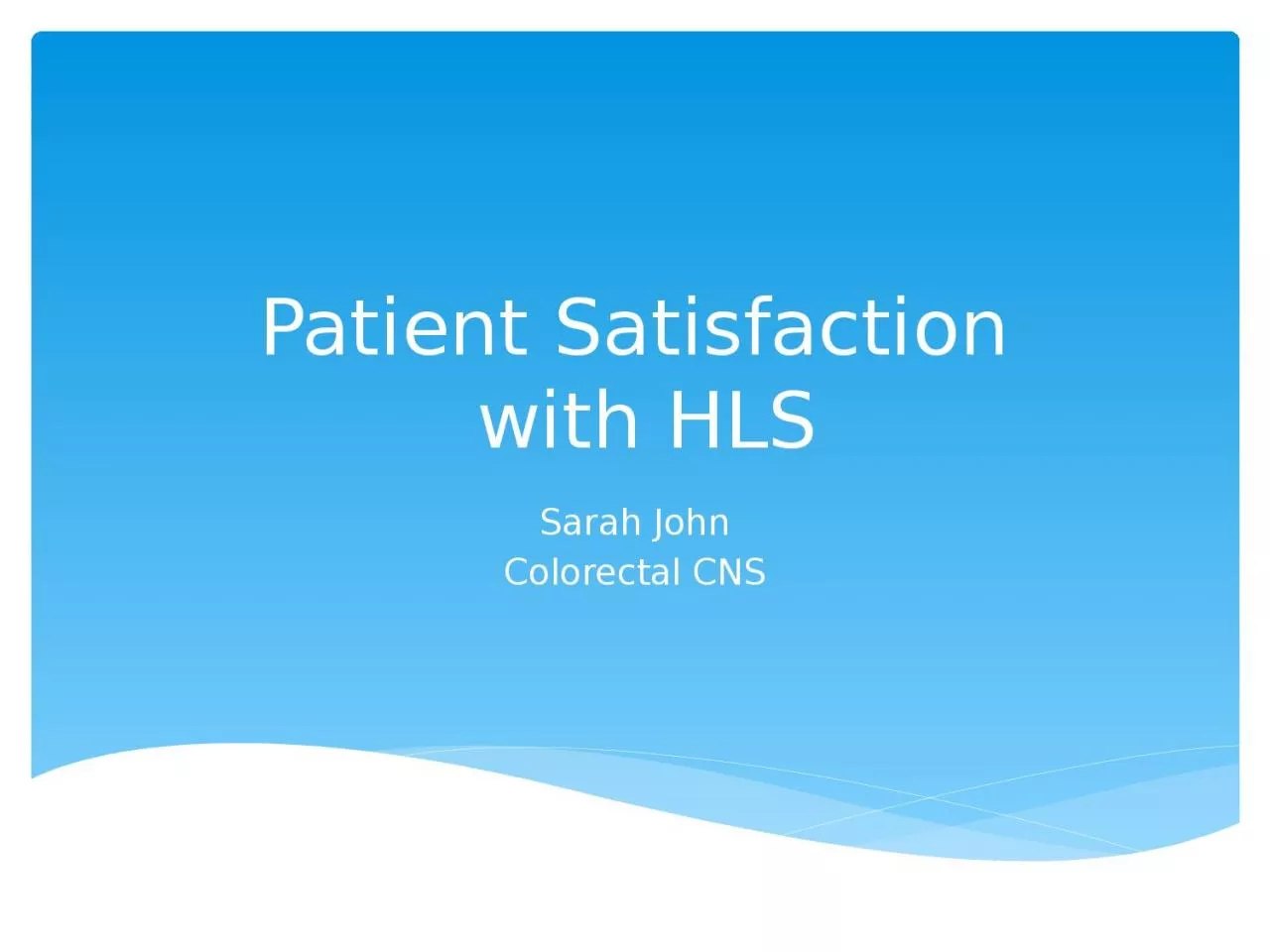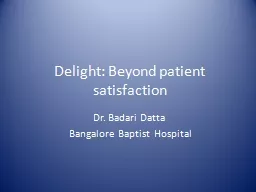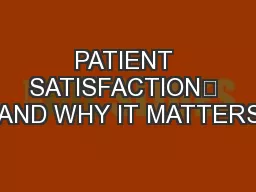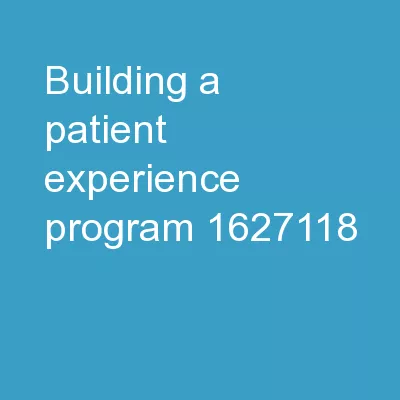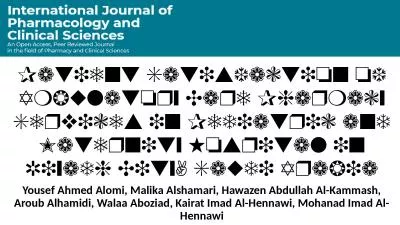PPT-Patient Satisfaction with HLS
Author : scarlett | Published Date : 2024-02-03
Sarah John Colorectal CNS After first 3 moths got into a routine Felt prepared and felt had settled in to a pattern happy with plan to date has just got on with
Presentation Embed Code
Download Presentation
Download Presentation The PPT/PDF document "Patient Satisfaction with HLS" is the property of its rightful owner. Permission is granted to download and print the materials on this website for personal, non-commercial use only, and to display it on your personal computer provided you do not modify the materials and that you retain all copyright notices contained in the materials. By downloading content from our website, you accept the terms of this agreement.
Patient Satisfaction with HLS: Transcript
Download Rules Of Document
"Patient Satisfaction with HLS"The content belongs to its owner. You may download and print it for personal use, without modification, and keep all copyright notices. By downloading, you agree to these terms.
Related Documents

